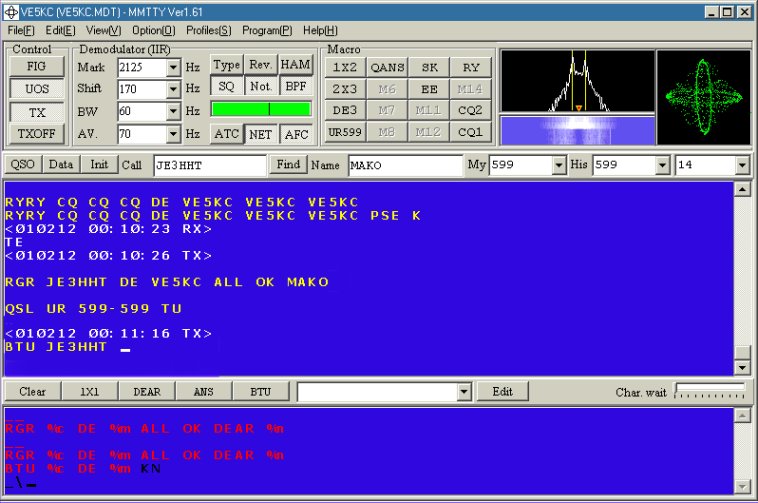

You can read the link budgets for yourself though, quite impressive. A student or school for example could afford a 3$ chip but not an SDR and an antenna. The idea with LoRa is that amateurs can test cheap and low power links, for example for IoT sensors. The loop takes around 4s, simply listen in and time your transmission or transmit for a maximum of 4s to be sure your command is be an issue, I understand the patent breach would only be an issue if the technology is being sold / comercialised. RTTY and GFSK are implemented simply as a backup incase LoRa gives us issues, RTTY was simply chosen due to its ease of use in the amateur community (Particularly in Spain). A 3$ chip from ebay and a copper wire will get you a link on 10-100mW at LOS. LoRa is indeed proprietary, millions of devices capable of decoding LoRa exist on the market though and the link budget possible using lora is particularly interesting for people that cannot afford large setups. The satellite only transmits on amateur telemetry” reffers to FossaSat-1 telemetry transmitted in LoRa modulation. Yes indeed, It will transmit messages both recieved on ISM and Amateur band. I am guessing the RTTY should be easy to integrate considering the amount of external decoders. There has been some work on a LoRa GNU decoder which seems to work with SF11 but I still have a lot of testing to do and not enough time. LoRa can be recieved on the ground using a copper wire and a 3€ module, it would be great if reception could also be carried out on satnogs though.

The loop is a couple of s so the latency between repeated messages is not much. RTTY Telemetry Packet TX on amateur band.Sleep depending on batt voltage (couple s).LORA RX on amateur (same as ISM but higher power and control commands).LORA RX on ISM band (experimental ping/pong style commands or messages to be repeated).

LORA Telemetry Packet TX on amateur (Voltages, states, config, sensors etc).Now regarding its function, the satellite mainly functions in a loop as follow: RTTY is simple 45 baud ASCII stuff, seems like there’s no decoder for SatNOGS though. We can however change some of these settings for experimental purposes. Our LoRa configuration as default is SF11, CR4 at 125KHz. Its a mostly open source and crowdfunded project. We just got coordinated a frequency of 437.600 MHz by the IARU for the satellite so I though it was an appropriate time to start asking the community.įor those that don’t know the project, this 5cm sided cube will mainly test the use of the LoRa modulation in space. I am the lead developer of the FossaSat-1 pocketqube satellite launching into LEO this october aboard an Electron.


 0 kommentar(er)
0 kommentar(er)
